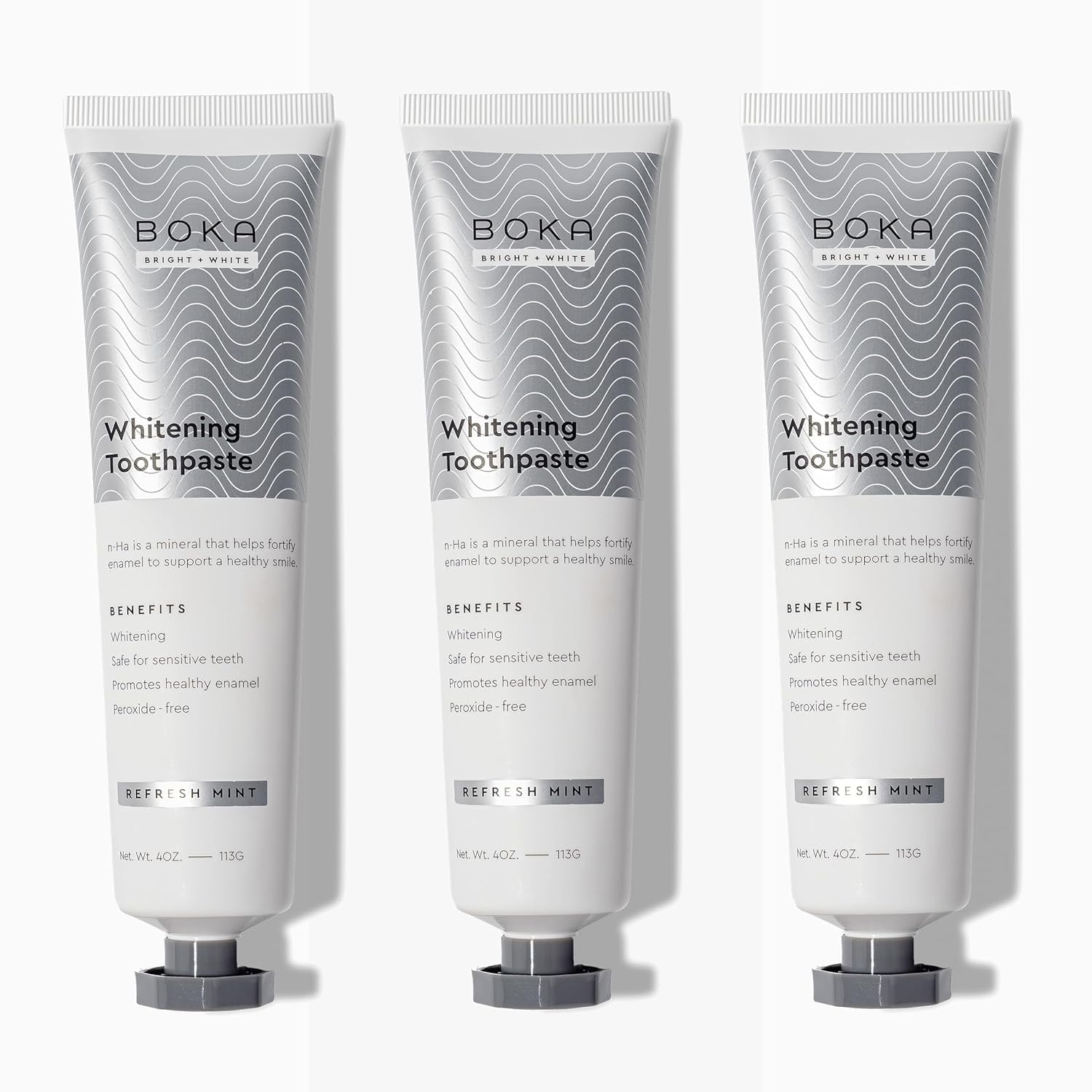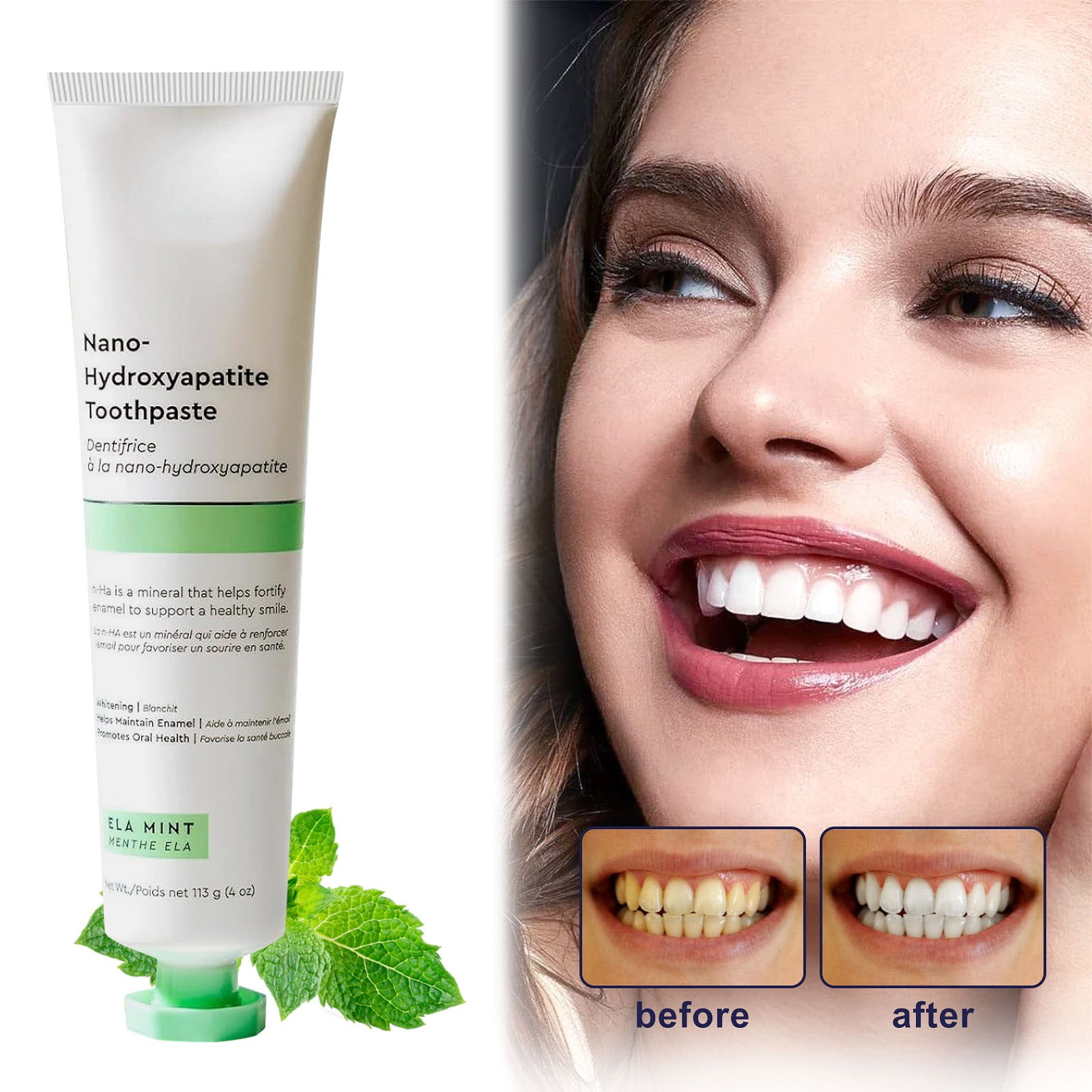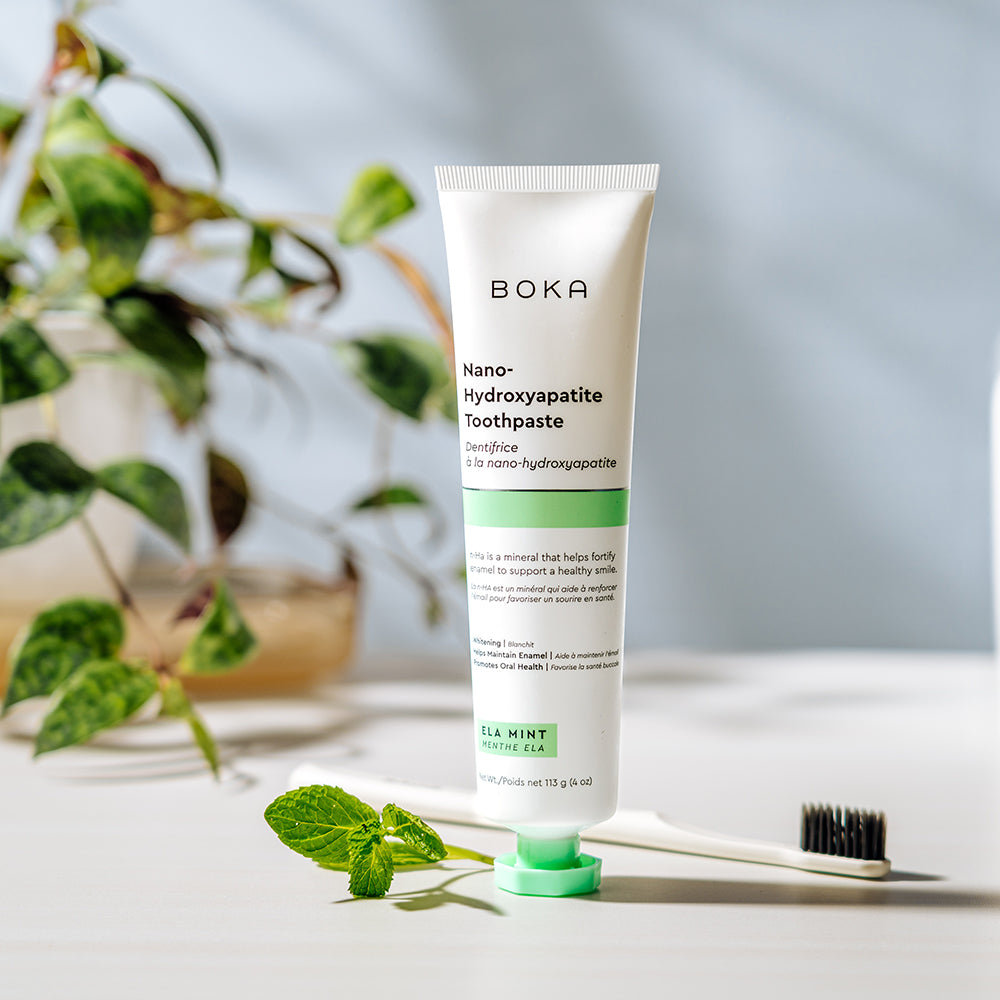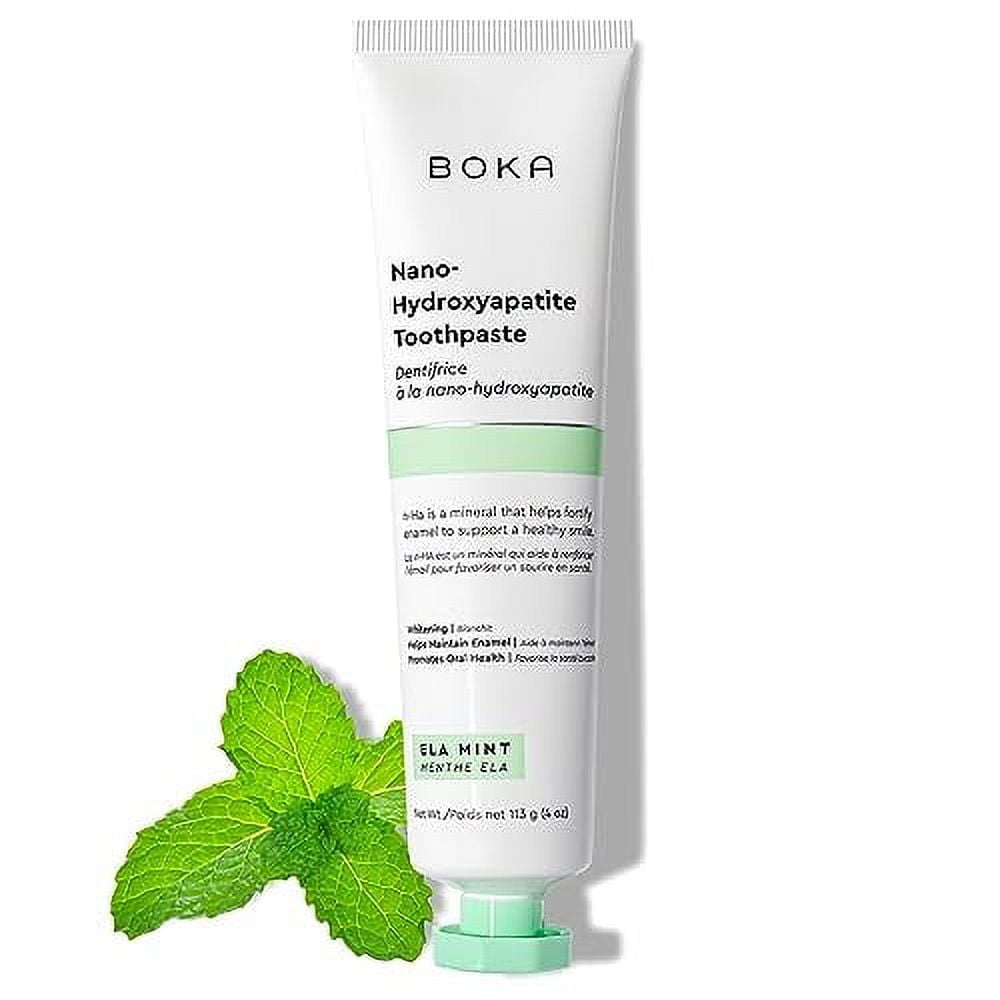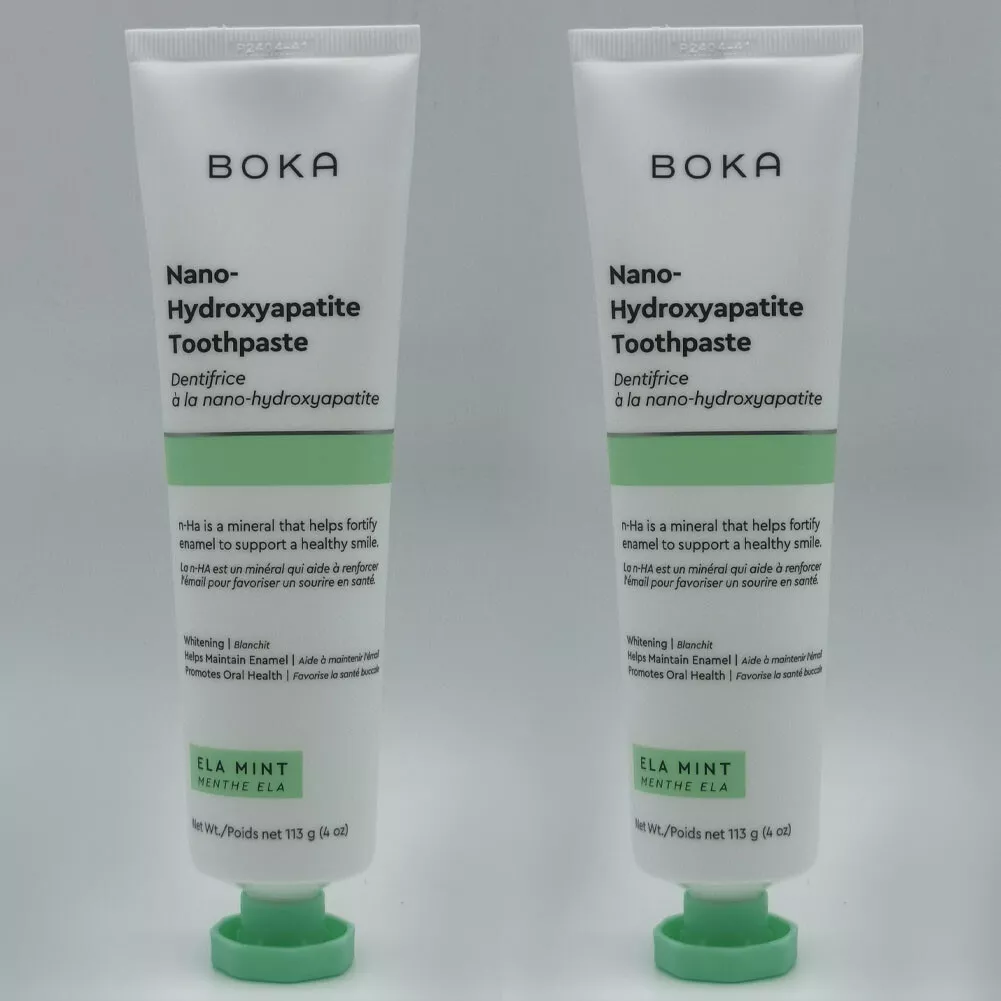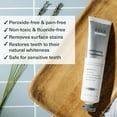How Much Nano Hydroxyapatite Is In Boka Toothpaste

Imagine stepping into a sun-drenched bathroom, the scent of mint mingling with a hint of something... different. You pick up your toothbrush, a familiar ritual about to begin. But today, you're not just fighting cavities; you're engaging with a cutting-edge ingredient, a microscopic marvel working to rebuild your enamel. The question is, how much of this tiny titan is actually in your toothpaste, specifically, in a tube of Boka?
The answer to this question, the concentration of nano-hydroxyapatite (n-Ha) in Boka toothpaste, is a closely guarded secret, but typically it’s about 10-20% by weight. This is significant because it represents a carefully considered balance between efficacy and safety, a sweet spot where the benefits of remineralization are maximized while minimizing any potential risks.
The Rise of Nano-Hydroxyapatite
For decades, fluoride has reigned supreme in the world of dental care, lauded for its ability to strengthen enamel and ward off decay. However, as research evolves and consumer preferences shift, nano-hydroxyapatite has emerged as a compelling alternative, particularly gaining traction among those seeking fluoride-free options.
But what exactly is nano-hydroxyapatite? Well, Hydroxyapatite (HA) is a naturally occurring mineral form of calcium apatite, and the main mineral component of tooth enamel and bone. Nano-hydroxyapatite is simply hydroxyapatite in nanoscale form (i.e., smaller than 100 nanometers).
The use of nano-hydroxyapatite in oral care products is not entirely new. In fact, its application can be traced back to Japan in the 1970s. Sangi Co., Ltd. pioneered the use of this biomaterial in their toothpaste, Apagard, demonstrating its efficacy in remineralizing enamel lesions.
Why Nano Matters
The "nano" prefix isn't just a trendy label; it signifies a crucial aspect of the material's functionality. The incredibly small size of nano-hydroxyapatite particles allows them to penetrate and integrate more effectively into the microscopic structure of enamel.
This enhanced integration leads to superior remineralization, helping to rebuild and strengthen weakened areas of the tooth surface. Studies suggest that nano-hydroxyapatite can effectively fill microscopic defects and create a protective layer, mimicking the natural process of enamel formation.
The benefits of nano-hydroxyapatite extend beyond remineralization. It is also shown to reduce tooth sensitivity, improve the smoothness of the tooth surface, and even contribute to a brighter, whiter smile. These combined effects make it a versatile ingredient in modern oral care formulations.
Boka's Approach: Concentration and Formulation
Boka distinguishes itself in the crowded toothpaste market by embracing nano-hydroxyapatite as a key ingredient. Boka's explicit focus on a fluoride-free alternative has resonated with a growing consumer base seeking natural and biocompatible options.
Boka typically contains approximately 10-20% nano-hydroxyapatite. This concentration range appears to be strategically chosen to balance efficacy with cost considerations and formulation stability.
The specific formulation, including the size and morphology of the nano-hydroxyapatite particles, also plays a critical role in the toothpaste's effectiveness. Boka’s blend of ingredients works synergistically to deliver optimal results.
The Science Behind the Percentage
The optimal concentration of nano-hydroxyapatite in toothpaste is a subject of ongoing research and debate within the dental community. Various studies have investigated different concentrations to determine the most effective balance between remineralization potential and safety.
Some research suggests that concentrations as low as 5% can demonstrate noticeable remineralization effects, while others advocate for higher concentrations (up to 20%) for more significant results. The choice often depends on the specific clinical application and the overall formulation of the toothpaste.
While higher concentrations might seem inherently better, it's important to consider potential drawbacks. Excessive amounts of nano-hydroxyapatite could lead to issues with the texture and stability of the toothpaste, or potentially interact negatively with other ingredients.
The Broader Context: Regulation and Safety
The use of nano-hydroxyapatite in oral care products is subject to regulatory oversight in various countries. These regulations aim to ensure the safety and efficacy of the products, as well as to provide consumers with accurate information.
In the United States, the Food and Drug Administration (FDA) regulates toothpaste as a cosmetic product. While the FDA doesn't have specific regulations for nano-hydroxyapatite, manufacturers are responsible for ensuring the safety of their products and complying with general cosmetic regulations.
Extensive research has explored the safety of nano-hydroxyapatite for oral use. Studies have generally found it to be well-tolerated, with minimal adverse effects reported. The biocompatibility of nano-hydroxyapatite, being chemically similar to tooth enamel, contributes to its favorable safety profile.
Looking Ahead: The Future of Remineralization
Nano-hydroxyapatite represents a significant advancement in the field of preventive dentistry. Its ability to remineralize enamel, reduce sensitivity, and enhance the overall health of teeth has made it a valuable ingredient in modern oral care products.
As research continues and consumer awareness grows, nano-hydroxyapatite is poised to play an even more prominent role in the future of oral health. Innovations in formulation and delivery methods could further enhance its effectiveness and broaden its applications.
The ongoing exploration of nano-hydroxyapatite underscores a broader shift in dental care, moving towards more biocompatible and preventative approaches. This evolution promises to empower individuals to take proactive steps towards maintaining a healthy and beautiful smile.


